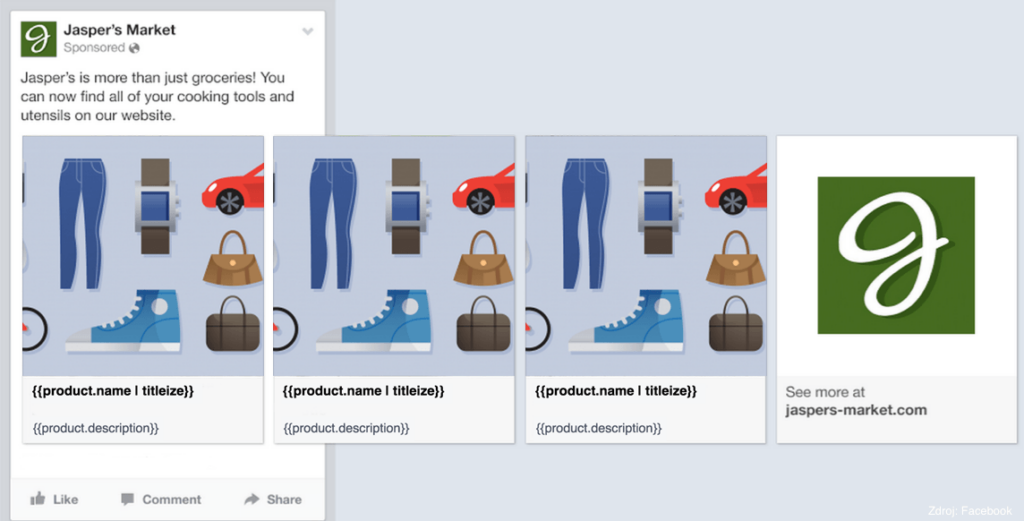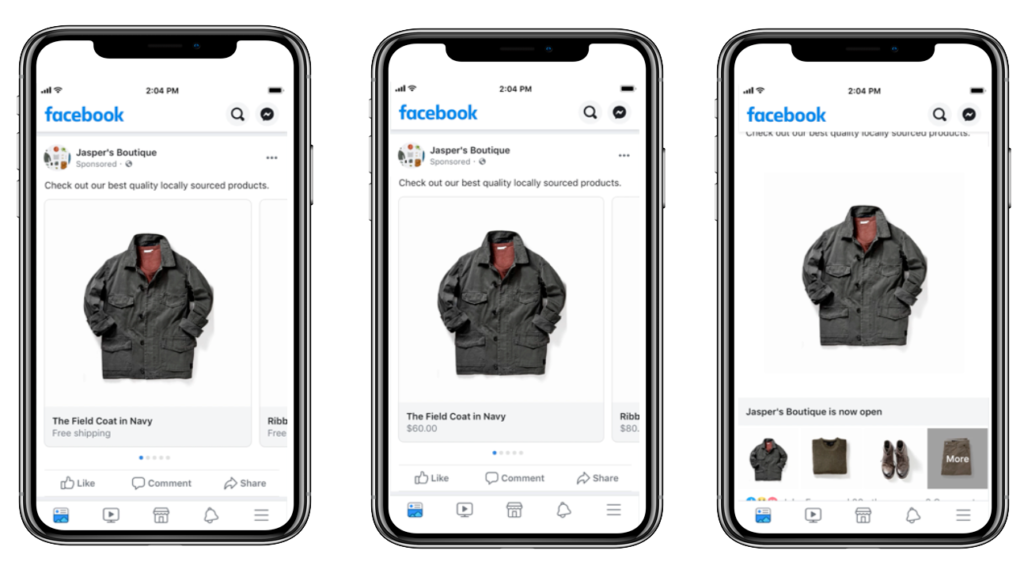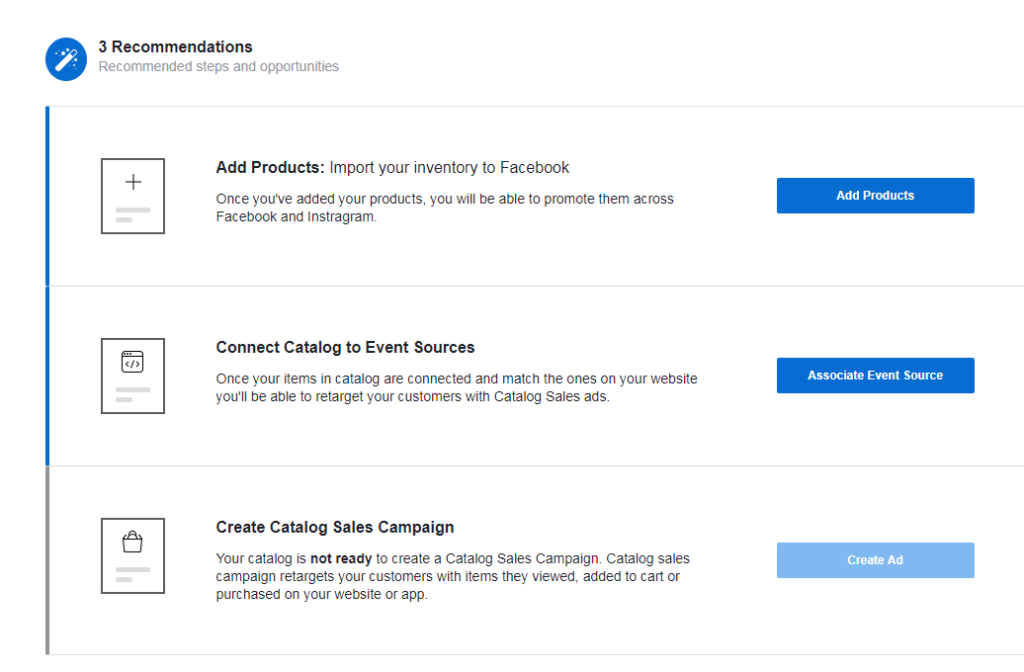How to Set Up Dynamic Retargeting Ads Facebook

For businesses operating in the e-commerce sector that want to promote multiple products at the same time to target audiences with a high likelihood of conversion, dynamic retargeting ads on Facebook are the perfect choice. When choosing this form of advertising, businesses can promote products to target customers in an extremely simple, personalized way, increasing brand recognition. According to many studies, retargeting users who have interacted with ads or websites will bring higher conversion rates. In this article, Rentfb will guide you on how to set up dynamic retargeting ads facebook.
What are dynamic retargeting ads on Facebook?
It is the promotion of products that customers have shown interest in when visiting the business’s website or Fanpage. By installing Facebook Pixel on the website, businesses can easily track user behavior on the online store. Next, build an audience of visitors who are active on the store in the past 30 days.
Dynamic retargeting ads will then be displayed as personalized Facebook carousel ads to each visitor that include the products they viewed and added to their cart. The products available on Facebook will be synced to the product catalog used to create the dynamic retargeting ads on Facebook.
Benefits of creating dynamic retargeting ads on Facebook
If you know how to set up dynamic retargeting ads on Facebook, your business will receive the following benefits:
Improve advertising effectiveness
Through advertising, businesses can promote many products to target customers in a personalized way. In particular, they can reach people who have shown interest in the product as well as interacted with the business’s website and Fanpage. By retargeting combined with dynamic advertising on Facebook, it is possible to deliver the right message to the right audience and improve the effectiveness of the advertising campaign.
Increase conversion rate
Because Facebook dynamic retargeting ads allow businesses to reach out to people who have shown interest, added a product to their cart, but have not yet made a purchase. By implementing a retargeting ad campaign, businesses can remind customers who have shown interest in the product to return to the website and take the desired conversion action. This significantly improves the conversion rate from visitors to customers, helping to maximize sales.

Optimize advertising costs and time
Instead of advertising to a broad audience that has no need for the product, dynamic retargeting ads on Facebook allow businesses to focus on people who have already intended to buy or interact with the website or Fanpage. By delivering messages that are relevant to the target audience, businesses can increase their ability to persuade and promote their conversion behavior. As a result, businesses can improve the effectiveness of their advertising campaigns and minimize costs. In addition, businesses do not need to create separate ads for each product. Instead, the system will automatically retrieve data from the product catalog and display it to each target audience, saving both time and effort.
Create personalized experiences and build relationships with customers
By using this type of ad, businesses can show products that their target customers are interested in viewing or adding to their shopping cart. This creates a personalized experience and strengthens the connection with the target customers and encourages them to come back to buy again. Businesses can build good relationships with their target customers and current customers.
Increase brand awareness
By re-displaying ads to people who have visited your website or Facebook page, you reinforce your brand’s image in the minds of your customers. Repeating your message will make your brand more familiar. At the same time, customers will be more likely to choose your brand when they are ready to make a purchase decision.
How to set up dynamic retargeting ads facebook
Create product catalog
Log in to Business Manager and navigate to Facebook Ads Manager. On the menu bar, select Catalog in the Assets column. Then select Create Catalog and choose the type of catalog that suits your business. Next, name your Catalog and add products by clicking the Add Product button.
Now you will be asked to upload your product catalog with 2 options including One-time upload or Schedule. Once you have filled in some information including feed name, currency then click on Upload button at the bottom. Now the feed will start uploading and processing. If the feed has been uploaded and processed then go to Catalog section and select Data source. Here you will see the updated catalog information with status and number of products accepted.
Set up Facebook Pixel
To serve the retargeting process, you need to track and measure the conversion behavior of target customers on the website. Then you need to create Facebook Pixel and install it on your website. You can create Facebook Pixel from Event Manager or BM. After having the Pixel code, add the code to the sales website to track user behavior. At the same time, determine the events you want to track: number of views, number of interactions, number of purchases, …

Link Facebook Pixel to Catalog
Once you have created your Pixel, you will need to link it to your newly created catalog by going to Commerce Manager and selecting your catalog. Next, open the Catalog tab, go to Events, and select Manage Connections. Under Connections, turn on the toggle next to the Pixel you want to use, and select Save. This will connect your Pixel to your Catalog, and it may take up to 24 hours to complete. Once the process is complete, check the match rate between your events and your items.
Create dynamic retargeting ad campaigns
In this step, go to Facebook Ads Manager and click +Create to create a new campaign. Next, name the campaign and select the objective as Sales by category in the drop-down menu and click Continue. In the next screen, set up the ad group. You will then have the options to define the audience and choose to connect to the created Pixel.
Under Pixel options, select the appropriate audience to show ads to, including people who have interacted with your website or viewed your products within the past 30 days. To refine your target audience, select the added to cart but not purchased option. This allows you to target users who have viewed your products or added them to their cart. If you want to narrow your reach, you can use criteria such as age, interests, behavior, etc.
Then you set the budget and schedule for the ad group. Each budget option will have a different advertising schedule. If you choose a lifetime budget, you need to choose a start date and an end date. Besides, you also choose the display location and ad distribution type.
In the ad creation section, you set up the actual ad configuration to display each product that the target audience has viewed. For the ad format, you choose Carousel to allow users to scroll through the list of products that users have viewed. When creating an ad template, you complete the information including title, description, URL, call-to-action button, … for each product in each image.
Finally, click on the ad preview to make any changes you want. Each information field will have a (+) sign showing the attributes you can choose to add. Once you have selected the attributes you want to display on the ad, click Confirm at the bottom of the page to complete the campaign. Finally, click Publish to post your dynamic retargeting ad on Facebook.
Setting up dynamic retargeting ads on Facebook is not too complicated, but the conversion efficiency is very high and the cost savings are significant. Through the detailed instructions shared above, I hope you can do it successfully!
Contact Info
We provide services crypto ads facebook nationwide, and with a team of experienced and qualified staff who both support advertising and can directly perform Facebook advertising if you need. Contact us via phone number.
Frequently Asked Questions
By setting up dynamic retargeting ads on Facebook, businesses can promote their product catalog to people who viewed the product but did not purchase it. This includes customers who viewed or added a product to their cart but did not purchase or checkout. By deploying ads, businesses can remind and attract these target audiences to return to the website and perform the desired conversion action. On the other hand, you can upsell the product group to existing customers,…
When implementing a campaign, you should regularly monitor and measure the effectiveness of the ad to make appropriate adjustments. To know which factor has the most influence on the ad, you should conduct A/B testing to see which version works best. In addition, you should personalize the ad content to suit each target audience. The ad content should include many attractive offers and promotions along with high-quality images and videos combined with clear and convincing call-to-action buttons.